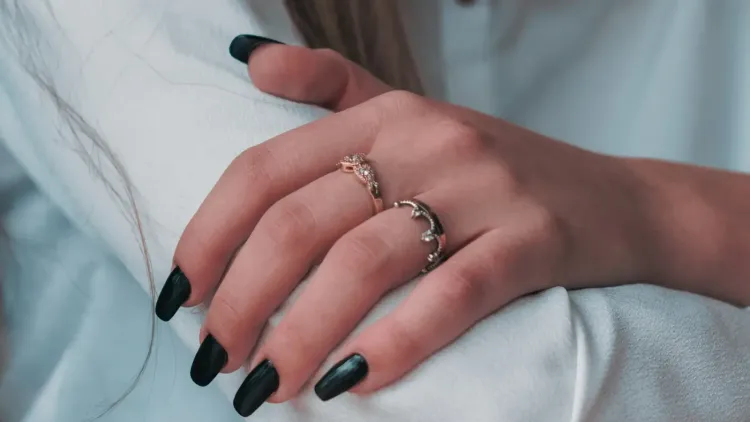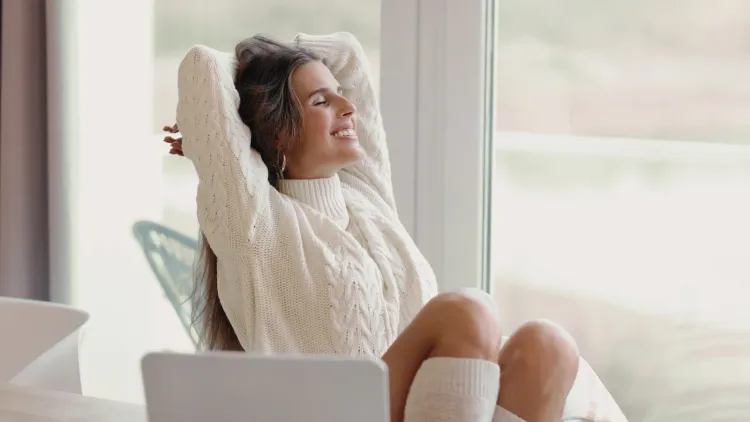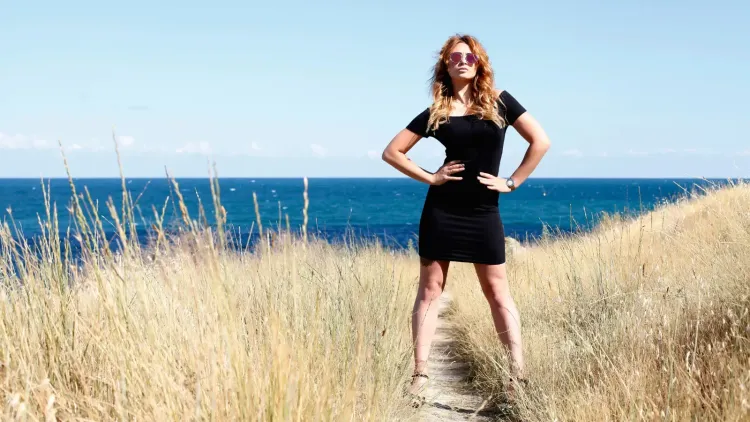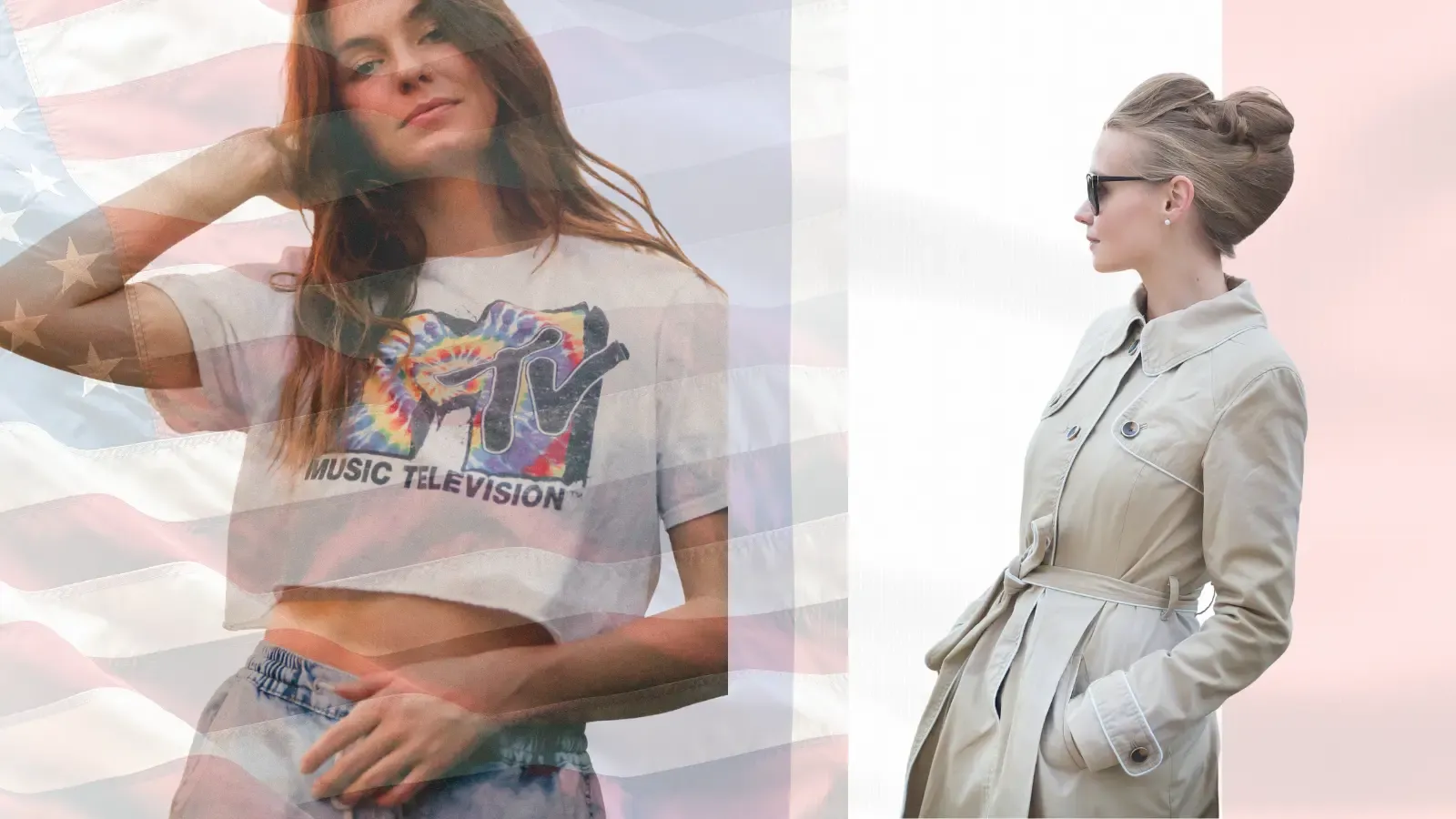
Parisian vs. American Fall Style: 5 Key Differences (And How to Steal the French Approach)
This post contains affiliate links. When you purchase through our links, we may earn a small commission at no extra cost to you. This helps support our blog and allows us to continue creating content you resonate with! We always suggest things we've tried and already love!
You know that woman you've seen on Instagram? The one walking through Paris in a camel coat and perfectly undone scarf, looking like she just threw on the first thing in her closet? Meanwhile, you're standing in front of your overflowing closet every morning thinking I have nothing to wear.
Here's what I've learned after years of studying (okay, obsessing over) French style: it's not about having less money or more clothes. It's an entirely different way of thinking about getting dressed. And honestly? Once you understand it, fall dressing becomes so much easier.
The Big Picture Difference
American fall fashion runs on trends. We get bombarded with "fall must-haves" lists telling us we absolutely need this season's viral coat or those specific boots everyone's wearing. By the time spring rolls around, half of it feels dated.
French women? They're playing a completely different game. They build their wardrobes the way you'd build a book collection—slowly, thoughtfully, keeping only what they truly love. They're not asking "what's trending?" They're asking, "will I still want to wear this in five years?"
That shift in mindset changes everything else.
Quality Over Quantity (But Make It Real)
I used to think "invest in quality" was just something style bloggers said to sound sophisticated. Then I bought my first actually-good cashmere sweater, and suddenly every other sweater in my closet felt scratchy and sad.
American style loves a good shopping haul, conditioned to think more is better—five sweaters for the price of one nice one feels like winning. Except then you have five mediocre sweaters you don't really love, and you're still browsing online looking for "the perfect one."
Parisian women own fewer pieces, but each one is worth owning. That cashmere sweater gets worn twice a week all season. Those leather boots last five years instead of one. The camel coat becomes the camel coat, not just another coat fighting for space in an overcrowded closet.
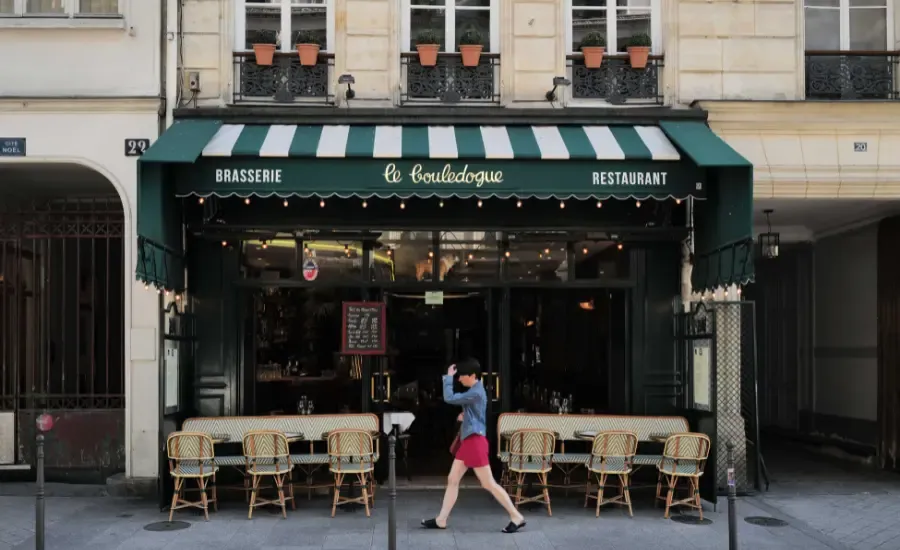
And here's the part that surprised me: this actually saves money. When you calculate cost per wear, that $150 sweater you'll wear 50 times costs $3 per wear. The $30 fast fashion version you'll wear maybe twice? That's $15 per wear. The math is simple, but we've been trained to think backwards about it.
You don't have to overhaul everything at once. Start noticing which pieces you reach for constantly—those are your clues about what's worth investing in. Maybe it's sweaters for you, or jeans, or a really good coat. Whatever you wear most is where quality makes the biggest difference.
The Neutral Palette Secret
Walk through New York in October and you'll see burgundy, forest green, rust orange, plaid everything. Walk through Paris in October and you'll see black, navy, camel, gray, cream—and somehow it looks anything but boring.
This used to frustrate me. Where's the fun? Where's the personality? Then I realized the neutrals are the fun, because they're the freedom. When everything in your closet plays nicely together, getting dressed becomes effortless instead of a daily puzzle.
French women build their fall wardrobes around a tight color palette—usually neutrals with maybe one or two accent colors they love. A pop of red shows up in a scarf, not a sweater. The burgundy appears as a bag, not a coat. This means every piece works with every other piece.
I tested this last fall. I committed to black, camel, navy, and gray for my main pieces, with cream and burgundy as accents. Suddenly I had 30 outfits instead of 10, using the same number of items. That camel coat worked over black jeans, navy dresses, gray sweaters, cream turtlenecks. I stopped standing in front of my closet feeling paralyzed.
The trick is choosing neutrals that actually flatter you. Not everyone looks good in stark black or bright white. Maybe your neutrals are chocolate brown, olive green, and ivory. The point isn't copying exactly—it's understanding that a limited, cohesive palette makes everything easier.
Less Stuff, More Style
Americans tend to be matchers. Outfit planned, accessories coordinated, everything intentional. French women are mixers. They throw a vintage scarf over a modern coat, pair grandmother's jewelry with a fresh white tee, mix textures and eras without thinking too hard about it.
There's this effortless quality to Parisian style that Americans often mistake for carelessness. It's not. It's confidence. It's knowing your pieces well enough that you don't need to try so hard.
I noticed this most with accessories. An American fall outfit might include statement earrings, a layered necklace, multiple rings, a bold scarf, and a designer bag—all announcing themselves. A French fall outfit might have a simple gold necklace and a silk scarf tied loosely, and that's it.
The philosophy is "pick one thing." Let your great coat be the statement. Or your red lipstick. Or your vintage boots. But not all at once.
This freed me up in ways I didn't expect. I stopped agonizing over whether my belt matched my bag, whether my jewelry "went together," whether everything looked too planned. I started asking: does this feel like me? That's a much easier question to answer.
The Power of the Uniform
French women have uniforms. Not in a boring way—in a liberating way. They find combinations that work and repeat them, changing small details instead of reinventing the wheel every day.
American-style culture tells us we should never repeat outfits, that we need variety to be interesting. Meanwhile, Parisian women wear the same jeans-sweater-coat combination three times a week, just swapping the sweater color or adding different shoes.
My friend who lived in Paris for two years said the most stylish woman she knew wore almost the exact same thing every day: black jeans, a rotation of three cashmere sweaters, white sneakers or ankle boots, and a camel coat. That was it. But she looked effortlessly chic every single time, because the pieces were perfect and she wore them with confidence.
There's something deeply practical about this. Once you find your formula—maybe it's wide-leg trousers and tucked-in sweaters, or midi skirts and ankle boots, or straight jeans and blazers—you stop wasting mental energy every morning. You know what works. You refine it instead of constantly searching for the next thing.
I finally built my own fall uniform last year: straight jeans, a tucked sweater or crisp button-down, ankle boots, and my leather jacket or blazer, depending on the day. I bought three great sweaters in different colors instead of eight mediocre ones. I stopped feeling like I needed more. That formula works for me, so I repeat it happily.
The Anti-Trend Mindset
This might be the biggest difference of all. American fashion moves fast. What's in this fall is out by next fall. We're taught to keep up, to stay current, to always be shopping for the newest thing.
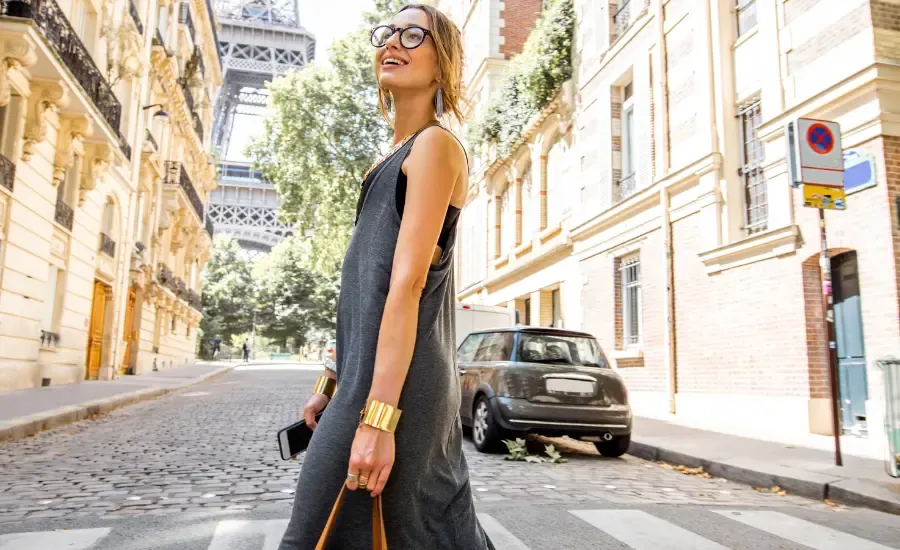
French style moves slowly. Like, glacially slowly. Classic trench coats, well-cut jeans, simple sweaters, leather boots—these aren't exciting trends, they're reliable foundations. They don't change much year to year because they don't need to.
When trends do appear in French wardrobes, they show up quietly. Maybe it's the way a scarf is tied differently this year, or a slightly new silhouette in trousers. But the bones of the wardrobe stay the same.
I used to feel behind if I didn't have whatever was trending. Now I ask different questions: Is this something I'll genuinely wear? Does it work with what I already own? Will I still like it next year? Most trends fail these tests, which makes shopping so much simpler.
This doesn't mean ignoring trends entirely—it means filtering them through your actual life and style. If everyone's wearing oversized blazers and you genuinely love them and they work for your life, great. But if you're buying them just because they're everywhere, you'll probably regret it when the trend shifts and you never really liked them anyway.
Making It Work for You
The beautiful thing about understanding these differences isn't that you need to dress exactly like a Parisian woman. It's that you can take the principles that resonate and apply them to your own style.
Maybe you love color and don't want an all-neutral wardrobe. Fair enough! But you could still apply the quality-over-quantity principle, or the idea of having a uniform, or the less-is-more approach to accessories.
The real magic happens when you shift from "what should I wear?" to "what do I actually love wearing?" French style isn't about following rules—it's about knowing yourself well enough that getting dressed becomes intuitive rather than stressful.
Start paying attention to what you reach for most. Those pieces are telling you something. Build around them. Let go of the rest, even if they were expensive or trendy or "should" work. If you don't wear it, it's not serving you.
And remember: that Parisian woman who looks so effortlessly chic? She's not trying to look effortless. She knows her style, she knows her pieces, and she's not overthinking it. That's the secret we're all chasing—and it's completely possible to find without a plane ticket to Paris.


